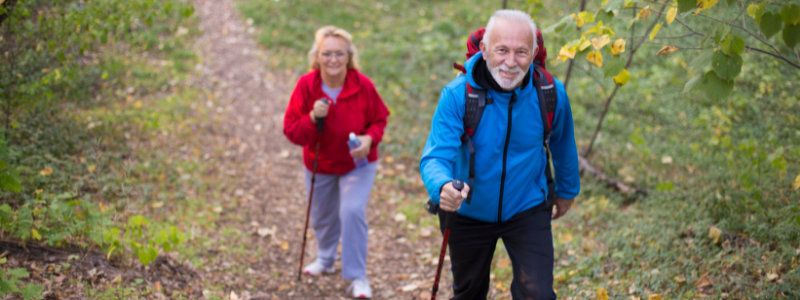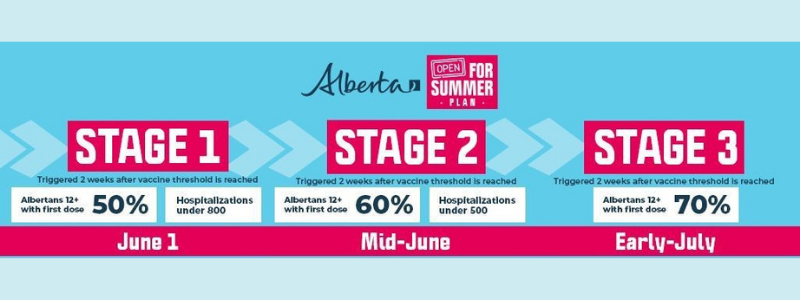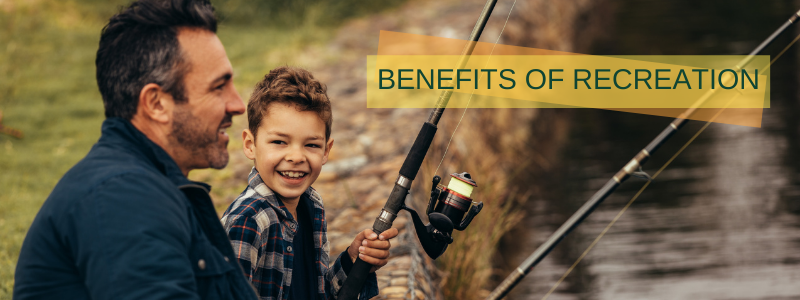(https://res.cloudinary.com/nrpadev/image/upload/v1631635911/docs/2021EngagementReport.pdf)
Since 2016, the National Recreation and Parks Association (NRPA) conducts annual surveys to collect information and gain insights on how people connect with parks and recreation. The key findings from the survey are a valuable resource to park and recreation professionals, policymakers and stakeholders. The report could be used to gain insights about how people’s use and perspectives on parks have been impacted for the past year with the pandemic crisis.
Covid-19 made people realize the critical function of parks and recreation, particularly in stressful times. The limited recreational opportunities and heightened anxiety changed how people engage with parks and recreation. But even if the industry is heavily affected by the lockdown and social distancing, parks professionals, public health officials, and associations worked together to reintroduce recreation services to the communities at the soonest possible time.
The survey is done by Wakefield Research and participated by 1,000 US adults ages 18 and older between May 28 and June 9, 2021.
Survey Results
Living near park and recreation infrastructure, amenities and programming is associated with a wide range of benefits. It increases the likelihood that one will take full advantage of such benefits.
- More than 7 in 10 U.S. residents have at least one local park, playground, open space or recreation center within walking distance of their homes
- Nearly 9 in 10 people agree that it is important to fund local park and recreation agencies to ensure every member of the community has equitable access to amenities, infrastructure and programming
- Four in 5 U.S. adults seeks high-quality parks and recreation when choosing a place to live
- More than 60 percent of the survey respondents indicate proximity to a park is “extremely” or “very” important
- Eighty-seven percent of people agree that parks and recreation is an important service provided by their local government
Park and Recreation Usage
- Seventy-nine percent of survey respondents visited a local park or recreation facility during the past year
- People are more likely to have visited a park or recreation facility if they live a walkable distance from such an amenity and more parks and recreation options lead to even more engagement with those amenities
- Seven in 10 people maintained or increased park, trail, and public space usage during the covid-19 pandemic
As difficult as these times have been, park and recreation professionals demonstrated resilience, flexibility and great innovation. They empowered their communities through innovative ways to learn, socialize and have fun while staying safely at home. Covid-19 barriers like personal safety and closed facilities are the frequently cited ones that kept people from enjoyment of parks and recreation opportunities.
How People Engage with Parks and Recreation
- Visiting parks and trails remains a favorite park and recreation activity
- Key reasons why people go to parks: nature, family and friends, relaxation and physical activity
Parks and Recreation is Essential
The NRPA’s Three Pillars: conservation, equity and health and wellness, guides agencies and park and recreation professionals in transforming communities.
- Conservation: Creating a nation of resilient and climate-ready communities through parks and recreation
- Equity: Striving for a future where everyone has fair and just access to quality parks and recreation
- Health and Wellness: Advancing community health and well-being through parks and recreation
Nearly equal shares of respondents (69%-72%) rate the NRPA’s Three Pillars as either an “extremely” or “very” important for the local park and recreation agency to focus on. The public also agrees (87% of respondents) that parks and recreation is an important service provided by the local government. They value parks nearly the same level of importance as they do other major local government services.
- Four in 5 adults agree it is important for park and recreation agencies to engage with their communities to identify needs and desires
- Nearly 9 in 10 people agree that it is important to fund local park and recreation agencies sufficiently to ensure equitable access
A clear and significant realization from the 2021 NRPA Engagement with Parks report is that in any situation, people highly value the programs and services offered by park and recreation agencies deliver to their local communities every day and strongly support their mission.








